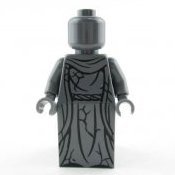
1:25 Eritrean 0-4-0T Locomotive "202 series"
By
Plastic_Goth, in LEGO Train Tech
-
Recently Browsing 0 members
No registered users viewing this page.

By
Plastic_Goth, in LEGO Train Tech
No registered users viewing this page.